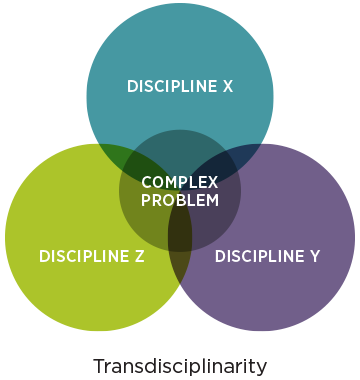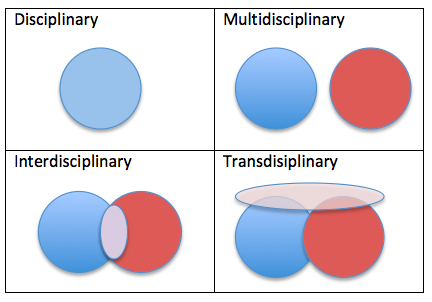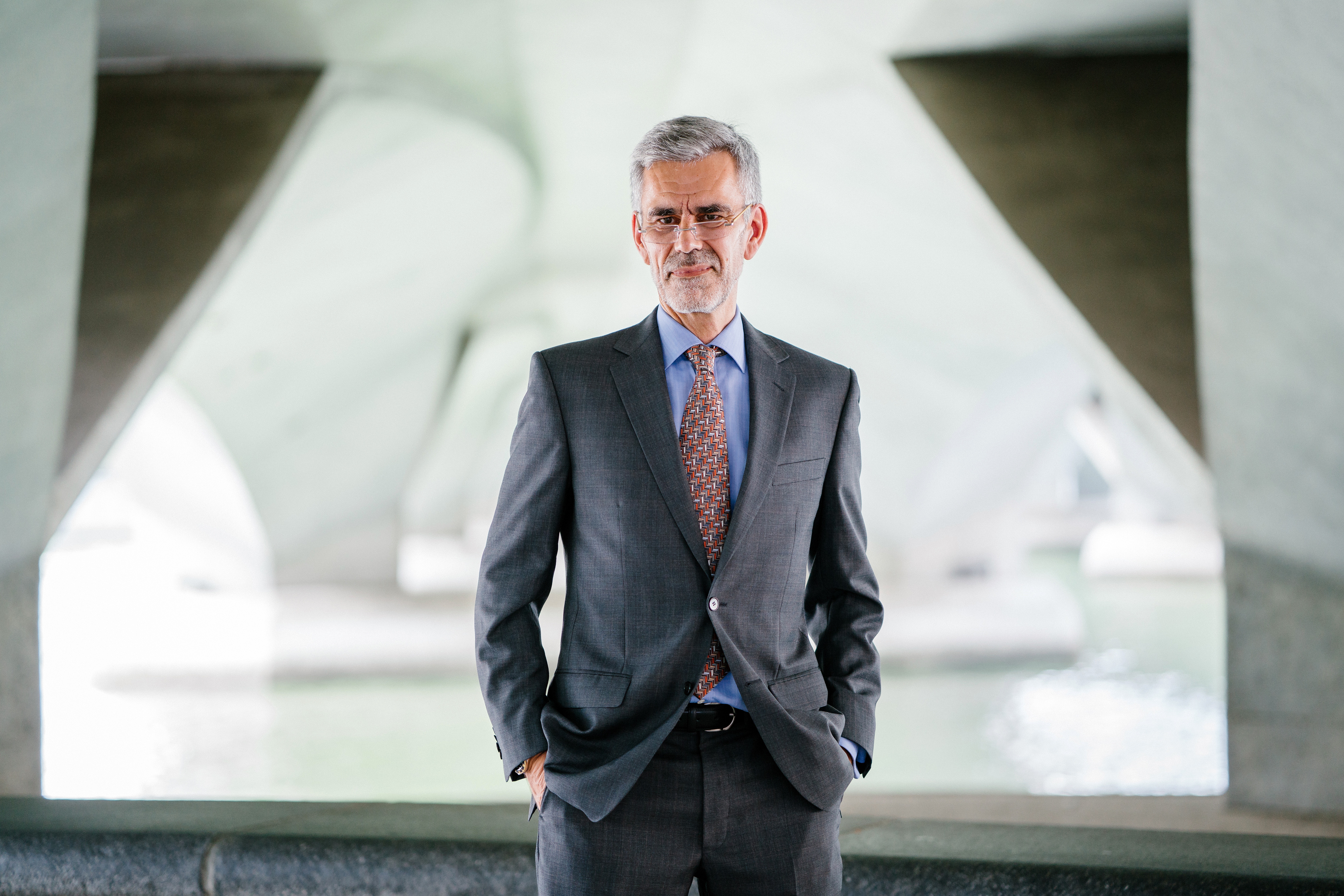FIVE PRINCIPLES OF RA
1.A Trans-Disciplinary Exploration
vs. Safety in Dogma
When the dogma of a predefined methodology takes precedence over what is going on, the organisation is at risk of becoming fragile, not agile.
Healthy, resilient organisations adopt a strategies, structures, systems, practices, tools and techniques that drive effectiveness, not the orthodoxies of particular disciplines or methodology.
RA action is trans-disciplinary; it reflects a strategy, methods, tools and techniques that are eclectic; that cross broad disciplinary boundaries as they attempt to create a holistic approach to organizational transformation.
All consulting, leadership and organisational design models are hypotheses (including RA), each with its own strengths and limitations.
Improving the organisational conditions that people work is more valued than adherence to or the proving of any model
RA acknowledges that all models are merely an hypotheses, they can be useful in explaining or predicting but they are only as good as the testing of their validity proves over time.
Improving the organisational conditions that people work is more valued than adherence to or the proving of any model
RA seeks to avoid the tyranny of ‘or’ vs the genius of ‘and’, Requisite Agility not a single solution it is a meta evolution which transcends *and* includes its constituent parts.
The consultants and coaches who serve the organisation put themselves in the position of their clients. The days when the client must change everything they think and do, but the consultant can do what they are comfortable with, are over.
It is deceptively easy to slip into the comfort zone of an orthodoxy, the familiarity of a proven set of methods and tools that worked in one situation and assume the same will occur in every situation ever faced again.
The point of trans-disciplinary is to do what is requisite to their need for agility. RA is a duty is to sense and serve the needs of our clients and the stakeholders they serve.





2.Open, Adaptive Leadership vs.
Safety in Authoritarianism
The RA definition of leadership is not tied to title or rank as these are self-serving illusions.
“Leadership is not defined by the exercise of power but the capacity to increase the sense of power among those led. The most essential work of the leader is to create more leaders”
Mary Parker Follet
The RA definition of leadership is simple and clear: leaders succeed through others.
A leader is anyone at any level who has the will and capacity to increase the power of others to succeed.
For example a team member on an Agile Team who is exercising leadership is enabling his or her team members to increase their sense of power and leadership.
Mary Parker Follett called this form of vigilance “co-active leadership” where people use POWER WITH each other. This is the opposite of “coercive leadership” where people use POWER OVER each other.
RA embraces vigilant leadership which espouses that a conscientious and positive collective role model set by senior leaders is a necessary precondition for engendering engagement, passion and commitment on the part of the organization’s workforce.
Organizations reflect the behaviours and practices of those recognized as leaders. Therefore leaders need to understand and modulate their behaviours and practices to achieve the best results, paying attention to the behaviours and organisational practices, systems, and narratives which support a responsive culture.
Leaders (at all levels) who have Requisite Agility understand and modulate their behaviours and practices to achieve the best results. They pay attention to the behaviours and organisational practices, systems, and narratives which support a responsive culture.
In other words: Leaders who are self-aware and conscious of their own values and behaviours and are conscious of the operational and strategic context create and lead a conscious organisation.
3. Collaborative Intelligence vs. Safety
in Pre-Defined Rigid Rules
Organisations are complex adaptive systems, they are living systems. Organisations are organisms, they are continuously sensing, sense-making, learning and adapting to or altering the environment in which they operate.
To achieve requisite agility, the organisation and it’s leaders (at all levels) need to be situationally aware, with a co-active understanding of the ever changing environment and context in which they co-exist.
RA works best if it is a critical and constructive collaborative effort between an external facilitator and the internal organizational sponsor; such an effort leads to the development of collaborative intelligence in the organization’s pursuit of continuous transformation.
The essence of collaborative intelligence revolves around the development of awareness in teams about the way they think together. Thinking together relates to the way team members seek, develop and change perspectives. This involves a larger understanding of oneself, others and the whole. Meaning is not automatically provided (even not by 'best-practice models' such as lean/agile/VSM, ...).
Both clients and RA Consultants are continuously (re)creating meaning for themselves. Teams create their own narratives, and developing collaborative intelligence means that teams become aware of the holistic character by which they create their stories that underpin their (quality of) decision making.
This broader understanding is mainly epistemological, a development of what and how we know what we know that underpins individual and collective action.
Requisite Agility moves organisations from the tyranny of having to make the dualistic choice of either being “top-down OR bottom up”, instead it moves to a situational and relational exchange of inside-out AND outside-in.
The changes taking place in each situation and environment serve as the “outside-in” intelligence. Without this an organisation atrophies and gets so stuck in what worked in the past that it suffocates its present and future.
The change that are taking place within the organisation serve as the “inside-out” intelligence, altering the state of the external environment by creating new voices and choices.
This play between the internal changes embracing and absorbing, saying yes to what is useful, and at the same time discarding, saying no to what is useless and adding what is specifically unique to the mix, this is contextual intelligence.
4.Continuous Learning and Evolution
vs. Safety in the Status Quo
Continuous organisational evolution enables an institution to realise its Requisite Agility. Once the organization has achieved requisite agility, it can start to focus on continual organizational evolution which will ultimately lead to a high degree of awareness and foresightedness.
RA applies the scientific method.
This principle is a paradox because no organisation or individual will ever achieve requisite agility, because the moment they think they have it, they will become too rigid and brittle. RA is not something to reach in the future, it is a state of being, that is alive in the here and now. It is constantly changing as the environment and state of the organisation is in continuous flux.


5.Mutual Ethical Accountability
vs. Safety in Self Interest
Our ethical beliefs support a focus on requisite agility anchored in social accountability and a purpose beyond only profit and self-interest. This principle is crucial because RA is so powerful that it could be used to corrupt people and society.
RA strives to achieve a responsive and conscientious culture; such a culture permits an organization to transcend traditional shareholder values; operate as a good corporate citizen taking into account the needs of all stakeholders.
RA is bound by the ethics truthfulness, confidentiality, objectivity, trust, fairness, independence, honesty and mutual respect are the hallmark of an RA Consultant.
Respect the rights of clients to be self-governing within their social and cultural framework. We respect the intellectual and physical property of others.
RA practitioners acknowledge sources and give credit where it is due.
They work across many disciplinary boundaries to create a holistic approach for organization transformation which enables them to intervene in the most effective way at the most effective point to support requisite agility.
RA Consultants practice self-inquiry. They build single, double, and triple-loop learning into their practice.

